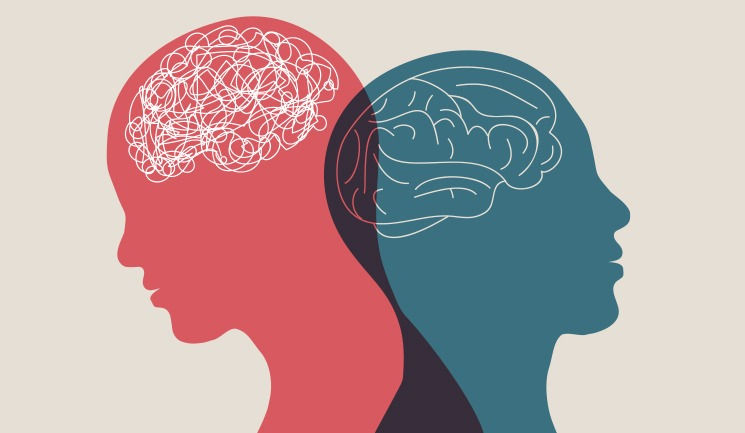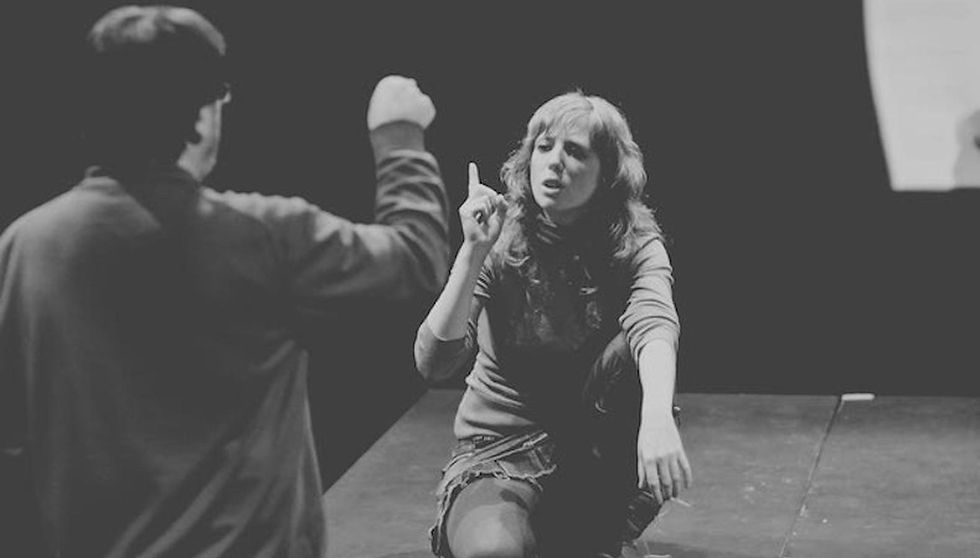The Language of the Body: Understanding Nonverbal Cues
- khailareyno
- Apr 22, 2024
- 3 min read
Updated: Apr 30, 2024

What Exactly Are Nonverbal Cues and Why Are They So Crucial in Storytelling?
Nonverbal cues encompass a wide range of communication signals that are expressed through body language, facial expressions, gestures, tone of voice, and even spatial dynamics. Unlike verbal communication, which relies on spoken or written words to convey meaning, nonverbal cues operate on a more instinctive and subconscious level, often revealing underlying emotions, intentions, and interpersonal dynamics.
They add depth and authenticity to characters and help us convey emotions, thoughts, and intentions without relying solely on dialogue. Think about it, when you're watching a movie or reading a book, it's not just the words the characters say that make an impact, but also how they move, how they look at each other, and how they carry themselves. These nonverbal cues give us insights into their inner world and make the story more engaging and relatable. By paying attention to the nuances of nonverbal communication, screenwriters can create characters that feel authentic and relatable, evoking empathy and forging emotional connections with viewers.
There are several different types of nonverbal cues that screenwriters must consider when crafting their scripts:

Understanding the Types of Nonverbal Cues
Facial expressions are the face is a powerful tool for conveying emotions. A simple smile usually means someone is happy or friendly, while a frown can show sadness or frustration. But it's not just about the mouth -- our eyes, eyebrows, and even the tiny muscles in our face can all contribute to an expression. Think about how someone's eyes can light up when they're excited, or how their forehead might wrinkle when they're confused. Understanding how to describe and interpret facial expressions in a screenplay can bring characters to life on the page and help actors inhabit their roles more fully on screen.
Body language is another essential thing to watch out for when studying nonverbal communication. The way a character stands, walks, or gestures can reveal their personality, confidence level, and emotional state. A character who is confident and assertive may stand tall with their shoulders back, while a character who is timid or unsure may have closed-off body language, such as crossed arms or hunched shoulders. Pay attention to how your characters carry themselves and use their bodies to convey their emotions and intentions.
Gestures can also be powerful nonverbal cues. Hand movements, nods, and other gestures can add layers of meaning to dialogue, emphasizing key points, expressing agreement or disagreement, or conveying subtextual messages. A character who talks with their hands may be expressive and passionate, while a character who keeps their hands in their pockets may be reserved or guarded. There are tons of different gestures out there, like crossing your fingers for good luck or putting your hand on your heart to show sincerity. And did you know that different cultures have their own unique gestures too? Consider how your characters use their hands to communicate and incorporate these gestures into your script to add depth and realism.
Eye contact is another powerful tool. It can indicate trust, interest, or even deception. A character who avoids eye contact may be hiding something, while a character who maintains steady eye contact may be assertive or confrontational. Use eye contact strategically to enhance your character's interactions and relationships.
Spatial Dynamics is the use of personal space. How close or far characters stand from each other can reveal their level of comfort, intimacy, or even power dynamics. Whether it's invading someone's personal space to assert dominance or maintaining distance to signify intimacy. Spatial dynamics can play a crucial role in shaping character interactions and relationships.
Non-verbal Communication, it's Types & Importance | EducationLeaves Skills
In addition to these techniques, it's important to remember that nonverbal cues should be consistent with your character's personality, background, and motivations. Think about how their upbringing, culture, or past experiences may influence their communication. For example, a character from a strict upbringing may have rigid body language, while a character who grew up in a more relaxed environment may have a more casual and open demeanor.
To further enhance your understanding of nonverbal cues, I encourage you to observe people in real-life situations. Pay attention to how they use their body language, facial expressions, and gestures to communicate. Take note of the subtle cues that reveal their true thoughts and feelings. This observation will help you create more authentic and relatable characters in your writing.


